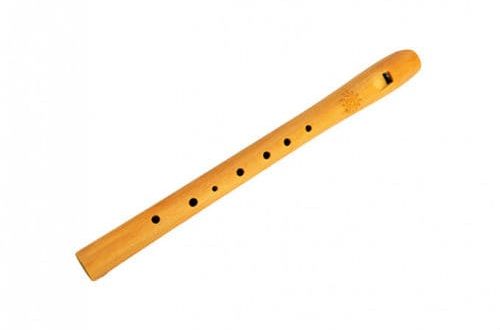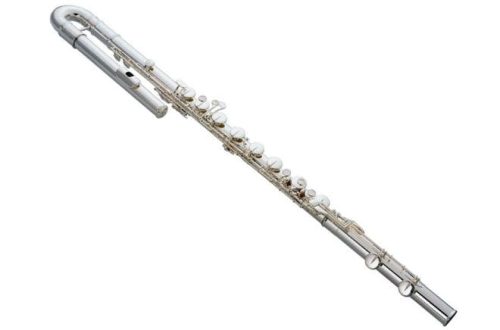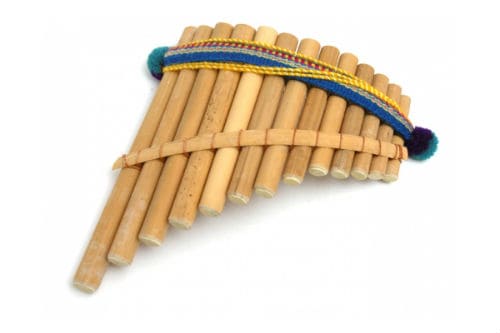
Kugikly: tool description, composition, history, manufacture, use
This device for extracting sounds was invented by the Slavs. Kugikly are considered the oldest of the Russian, Ukrainian folk musical instruments. They were made from improvised natural materials, used during holidays and festivities.
What are coogicles
Kugikly is a type of multi-barreled flute (Pan flute). Belongs to the group of wind musical instruments. A distinctive feature of the design is the presence of several hollow trunks (cases) that are not fastened together. This allows you to change the tubes in places, creating a certain system of the instrument.

The second name of kugikl is kuvikly. There are other names denoting the same item: tsevnitsa, kuvichki, reeds.
The sound of the kugikl is gentle, whistling, perfectly combined with other Russian folk instruments. The string is good for playing perky, dance melodies. It is difficult to perform solo, usually coogicles sound in ensembles.
Tool device
The basis of the tool is made up of tubes of various lengths, but of the same diameter. Usually, there are 2-5 of them. The upper ends of the pipes are at the same level, they are open. The bottom ends are closed.
The tubes are hollow inside. In Russia, the stems of swamp reeds (kugi) served as the material for them. In addition, the basis of the product could be reed, elder bark, viburnum, stems of any plants of the umbrella family. Modern models are made of plastic, ebonite, metal. The sound of the cugicle, their timbre, directly depends on the material of manufacture.
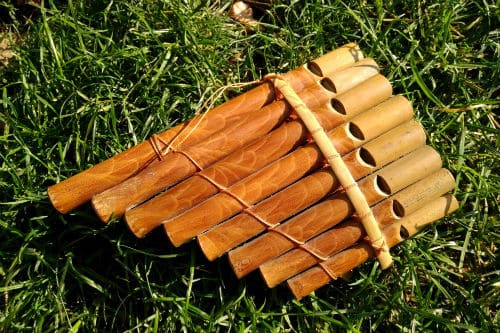
History
The history of the emergence of the multi-barreled flute is rooted in the distant past. The ancient Greeks composed a beautiful legend associated with its occurrence. A forest god named Pan was fascinated by a beautiful nymph. But the beauty hated even the thought of being next to a bearded, ugly creature. The river god heeded her prayers, turning the girl into a reed. Saddened, Pan cut off the stems of the plant, turning them into a flute. That is why multi-barrel structures are called “Pan flutes”.
Many peoples, cultures have pan-flute-like models. Russian kuvikls have a distinctive feature – the pipes are not fastened together. The distribution areas in Russia were the areas corresponding to the modern Bryansk, Kaluga, Kursk regions. The history of the appearance of the instrument in Ancient Russia is shrouded in mystery: it is not known how, when, by whom it was invented or from where it was brought. It was used exclusively by women, speaking at holidays, gatherings. The ensembles consisted of several representatives of the fair sex, since the solo parts on the kuvikla sound one-sided.
The etymology of the word “kugikly” is associated with the material of their manufacture – kuga, as reeds were called in the old days.
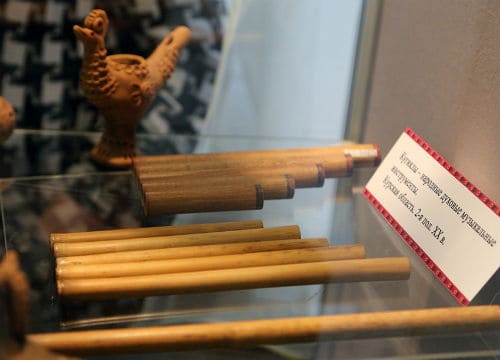
Using
Kuvikly is considered a female instrument. Used in ensembles performing folk music. The complex parts of the structure are not subject to, but it does an excellent job with short, perky songs, jokes, and dances.
Modern cuvikles are fastened together with at least a simple thread – for the convenience of the performer, who during the Play can inadvertently drop one or more pipes from the set.
Play technique
The technique of execution cannot be called complicated. The musician simply brings the structure with its upper, flat surface to the mouth, alternately blowing into the desired hole. Short pipes make high sounds, the longer the length, the lower they become.
It is much more difficult to tune an extraordinary instrument. You will need to adjust the length, lubricate the structure, moisten it, drill side holes in order to achieve the desired coloration of the sound. the simplest way is to supply the bottom of the pipes with stoppers. Raising them, the performer increases the pitch, and vice versa.

Cookicle making
The ancient Russian way of making kugicles was to find suitable plants, the stem of which was hard enough to be cleaned. Experienced craftsmen could tell in advance which of the stems would sound and which would not.
The material was dried, giving the desired length to each tube. To fill possible voids inside the stems, they lubricated with vegetable oil, poured wax. The ends of the instrument were lubricated with water and saliva.
Modern types of tsevnitsa are mostly wooden. There are instances made of polymers, various types of metal.
https://youtu.be/cbIvKepWHyY



